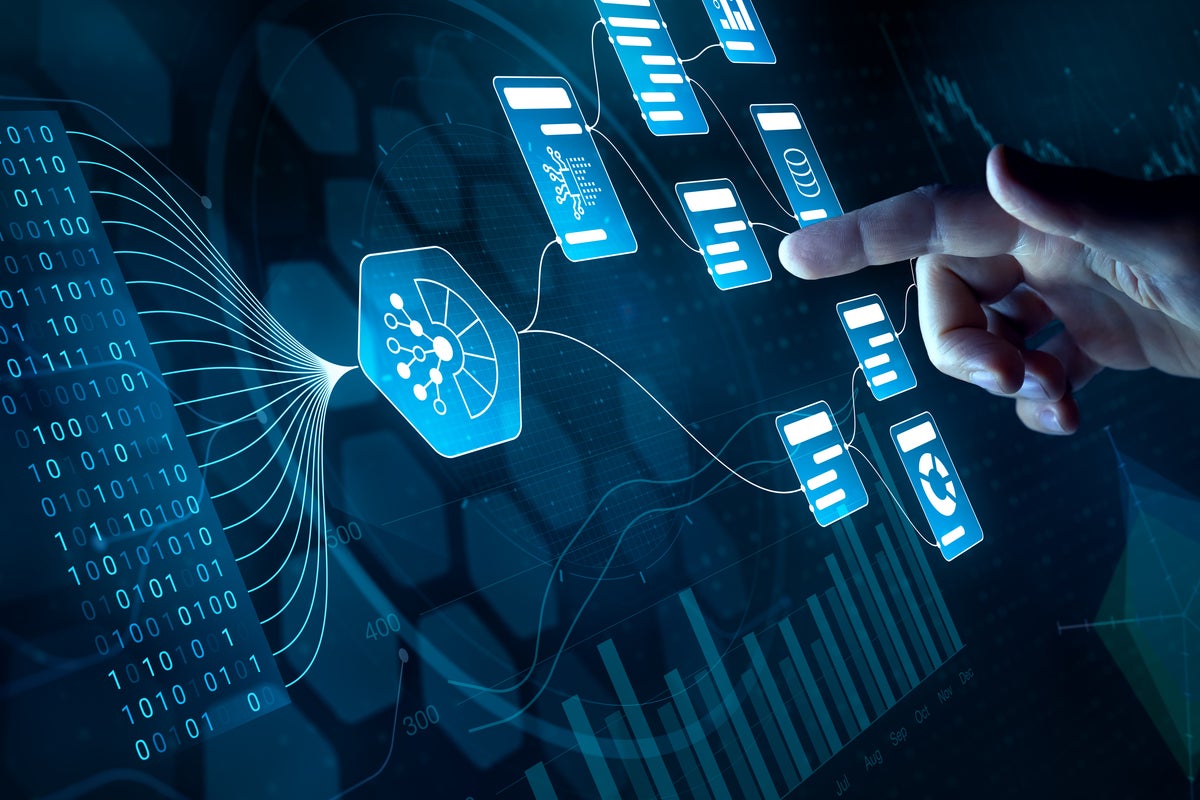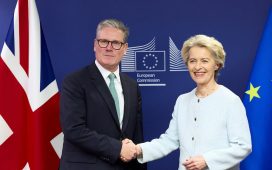
HCLSoftware is a Business Reporter client
AI has radically changed the game for marketers. How is the marketing environment changing, and what does the future hold?
Dario Debarbieri: For marketers, the first lesson of the global pivot to artificial intelligence is that data is more vital than ever. AI is only as good as the data that fuels it, which makes data quality and data management critical, in marketing as elsewhere. And to manage data effectively requires platforms that are agile, flexible and resilient—platforms that can adapt without breaking, that are solid yet versatile. At a business level, these capabilities will mean the difference between success and failure.
To thrive in a world of pervasive AI, your data and your platform must be ready for a future of living marketing systems. A brand in the future will evolve like a living organism—because in an AI-powered world, nothing is static. The perception of your brand will depend on the data that fuels those AI tools and frameworks—dynamically, even metabolically.
That means your marketing systems must ensure consistency in the data captured by AI tools and systems in order to influence the output they generate. You must be massively consistent in the way you manage your data, for your customers as well as your brand.
Hyper-personalisation—an AI superpower for the next-gen marketer—also depends directly on the data that fuels it. The customer experience lifecycle will be transformed by an infusion of data-driven context and insights—allowing AI-generated, dynamically crafted and curated messaging, stories and transactions. In every instance, data will be the lifeblood of these systems.
What does all this mean for human marketers?
DD: None of this makes humans obsolete. The marketer of tomorrow will pivot to providing the human insights that make campaigns more effective, the ethics and brand culture that inform them and the emotional intelligence that brings them fully to life. This new marketer will be a complete storyteller—while being, in equal measure, a marketing system designer.
What will that future marketer need?
DD: New tools—better, faster, more focused and flexible—and a clear knowledge of how they work and how to use them. Without that, marketers simply won’t survive. This creative industrial revolution will feature a fusion of technologies that will shape the profile of every marketer: a convergence of GenAI, data, quantum-powered market simulations and blockchain-enabled brand trust—enabling secure, transparent transactions à la Web3.
Turning to the present, where are we with marketing technology today? What are our current capabilities?
Raj Iyer: The web browser made the internet accessible to everyone back in 1993-94, but from a business perspective, email was the first killer app. Marketers saw instantly that email gave them a powerful tool to reach a very large audience. Unica capitalised on that trend and redefined marketing technology in the process, making catalogue marketing electronic while creating the martech space as it is today. Thus was born the idea of segmentation at scale, using email to send the most prodigious campaigns cost-effectively.
Today, AI too is a killer tool for marketing—but at an exponentially higher level.
Until now, marketing has been all about the attention economy, relentlessly seeking better ways to rack up eyeballs and clicks. In fact, the whole idea of a marketing funnel came from the math game that results.
But as channels, digital technologies and social media proliferate, people are inundated with messages. The result is attention fatigue—and plummeting engagement, which worsens as AI-based content adds to the clamour for users’ attention.
So how can we respond to this dilemma?
RI: As marketers, the goal is to build trust with customers and earn loyalty by delivering value—in short, a trust economy. The attention economy isn’t going away, but if you can build trust and loyalty with customers, attention is a given.
So, how can we get there? In our view, the bridge to trust is the intelligence economy—an infusion of intelligence and intention that cuts through noise and distraction with data-driven context and deep insights into customers’ wants and needs. Whereas digital experiences are often generic and irrelevant, brands can use the power of intent to deliver memorable experiences that build trust and strengthen relationships.
To achieve that, we need platforms and tools that can capture that intention, turn relevant data into useful insights and make marketing workflows manageable through intelligent orchestration. AI, data, quantum, blockchain – all these technologies belong to this intelligence economy. This is what we mean by Digital+.
What capabilities is the intelligence economy built on?
RI: We’ve touched on the what of the intelligence economy: the deep customer knowledge and data-driven insights that establish intent. Next is the how: the dance of engagement, the contextual customer journeys—guided by HCL Unica+ and the technology stack that powers it. Then comes the why: the memorable feelings and experiences that make customers choose you over competitors.
Now, these elements—insight, engagement, and experience—rely, in turn, on other key capabilities, one of which pertains to technology architecture. Tech architects today face a false choice between monolithic and microservices approaches. What the intelligence economy demands, however, is a composable architecture based on packaged business capabilities (PBCs)—modular software components that perform specific business functions and can be seamlessly integrated and removed.
Meanwhile, AI feeds into all three of these elements—feeding into insight, for example, with auto-segmentation in the customer data platform; engagement, by dynamically matching channels to customers; and experience, by crafting hyper-personalised journeys based on deep customer knowledge.
DD: The marketing platform of the future has other core attributes—data and AI, analytics, hyper-personalisation, security and scalability are all ‘must-haves’ when implementing the martech of the future.
The key takeaway for today’s marketers, though, is simple: the platforms, tools and technologies of the intelligence economy are available now—and we’re here to make that easy. The future of marketing may lie ahead, but the Digital+ future is now.
Raj Iyer
Raj Iyer is the Executive Vice President and Portfolio General Manager at HCLSoftware, where he leads several product lines and played a key role in scaling the business from a few hundred million in revenue to $1.5 billion. With prior leadership roles at DXC and IBM and experience at three Silicon Valley start-ups, Raj brings deep expertise in enterprise software, AI/ML and global business strategy.
Dario Debarbieri
Dario, who studied Law and Economics at the Universidad de Buenos Aires, has more than 20 years of global leadership experience across technology and financial services, including roles as CEO, CMO and VP at firms such as IBM and Enterprise Outsourcing. Since August 2022, he has led Marketing at HCLSoftware, bringing deep expertise in AI, cloud, data, CX and emerging technologies, with a strong record of driving performance and international brand growth.












